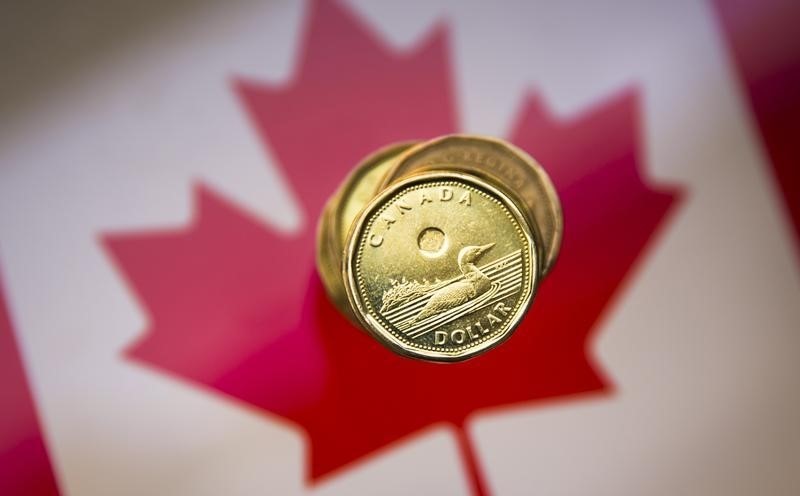* Canadian dollar rises 0.1 percent against the greenback
* Loonie touches its weakest since Jan. 7 at 1.3359
* Canadian retail sales fall 0.9 percent in November
* Price of U.S. oil rises 0.4 percent
* Canadian bond prices fall across a steeper yield curve
TORONTO, Jan 23 (Reuters) - The Canadian dollar edged higher against its U.S. counterpart on Wednesday, recovering from an earlier two-week low, as gains for stocks and oil prices offset domestic data showing a bigger-than-expected drop in domestic retail sales.
At 9:10 a.m. (1410 GMT), the Canadian dollar CAD=D4 was trading 0.1 percent higher at 1.3342 to the greenback, or 74.95 U.S. cents.
The currency's strongest level of the session was 1.3305, while it touched its weakest since Jan. 7 at 1.3359.
Canadian retail sales fell by 0.9 percent in November from October to C$50.39 billion ($37.85 billion), in large part due to lower gasoline prices, as well as lower sales at motor vehicle and parts dealers, Statistics Canada said. Analysts had forecast a 0.6 percent decrease. followed data on Tuesday showing that factory sales and wholesale trade both slumped more than expected in November.
Bank of Canada Governor Stephen Poloz on Wednesday said the Canadian economy was in good shape, although low oil prices were delivering "a material shock" that would cut growth this year. price of oil, one of Canada's major exports, plunged as much as 45 percent between October and December before paring some of its decline in recent weeks.
On Wednesday, U.S. crude oil futures CLc1 were up 0.4 percent at $53.24 a barrel as U.S. crude stocks fell and official data indicated slowing growth in U.S. shale oil output in the coming years. stocks were boosted by strong earnings from some Dow components, after Wall Street on Tuesday suffered its second biggest decline in 2019. government bond prices were lower across a steeper yield curve in sympathy with U.S. Treasuries on Wednesday as investors made a cautious return to riskier assets. The 10-year CA10YT=RR fell 23 Canadian cents to yield 1.998 percent. gap between Canada's 10-year yield and its U.S. equivalent widened by 2.1 basis points to a spread of 78.3 basis points, its widest since Dec. 19.
